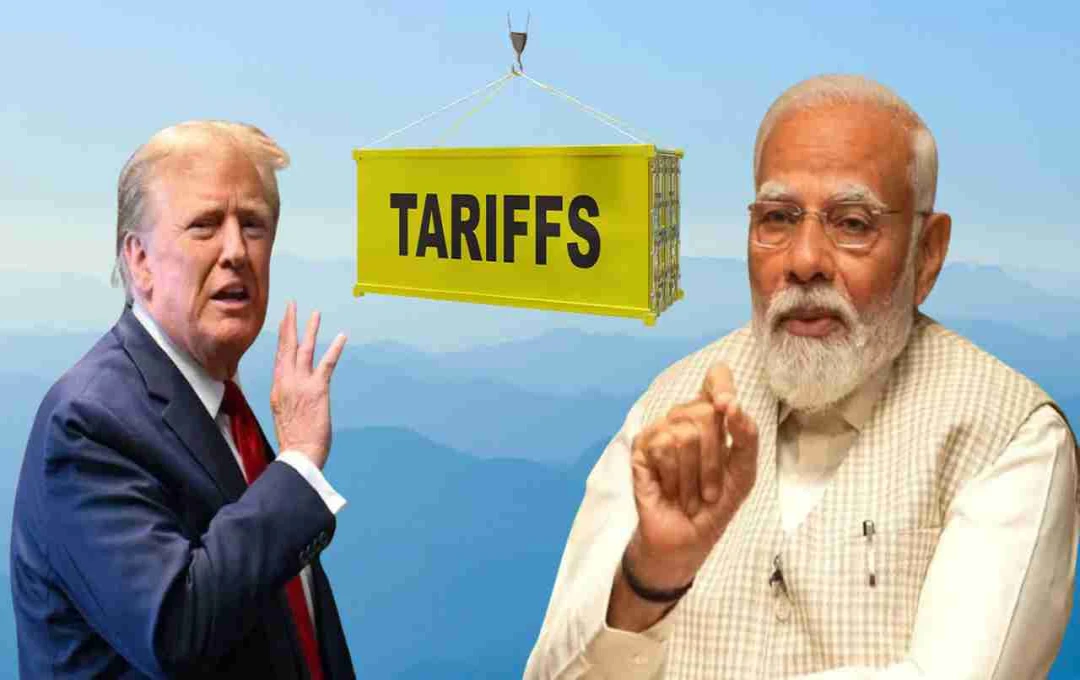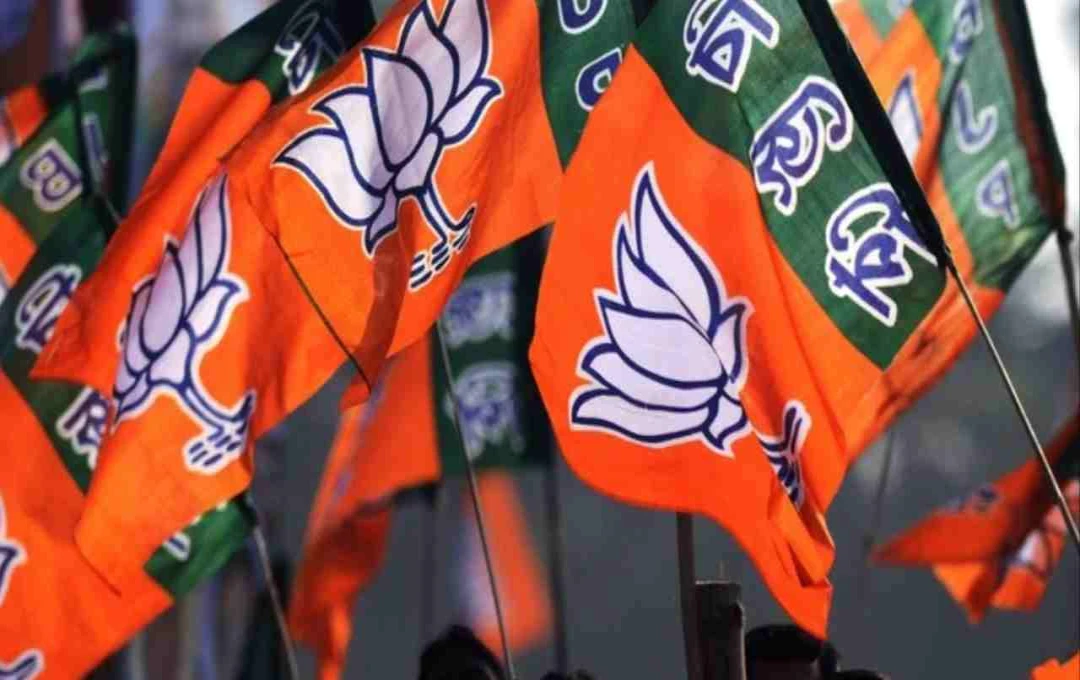The 50% tariff imposed by the United States will affect India's seafood exports. The government has instructed exporters to explore new markets such as Russia, China, South Korea, Europe, and the Middle East to reduce dependence on the US and stabilize trade.
Tariff on India: The recent decision by the United States to impose a 50 percent tariff on India's seafood exports has created a new challenge for the Indian seafood industry. For years, Indian frozen shrimp and prawns have had a b presence in the US market, but now, increased costs will make it difficult to compete there. To deal with this situation, the central government has directed exporters to immediately start looking for alternative markets.
Preparing to Reduce Dependence on the US
India's seafood exports have grown rapidly over the past decade, and the United States has been the largest partner in this trade. In 2015, India's share in the US market was 24.4%, which increased to 40.6% in 2024. In fiscal year 2025, India's total seafood exports were $7.38 billion, of which the US contributed approximately $2.8 billion (35%). Most of these exports were 'Vannamei shrimp'.
US President Donald Trump's move to increase tariffs is a major blow to India. Notably, the US has also imposed an additional 25% duty on India regarding oil imports from Russia, yet India is now planning to enter the Russian seafood market.
Government Alerts Businesses

Union Minister of Fisheries, Animal Husbandry and Dairying, Rajiv Ranjan Singh, held a meeting with leading seafood exporters on Monday to discuss the current situation. He said, "This is the time to explore opportunities, not to panic. We have several alternative markets available, and we must establish our presence there."
The government has advised exporters to focus on improving quality, better packaging, and value addition to gain a competitive edge in new markets.
List of New Markets
The countries that India is considering as potential alternatives include the UK, the European Union (EU), Oman, the UAE, South Korea, Russia, and China. South Korea is considered particularly important because seafood consumption is quite high there. Similarly, China and Russia also import fish and shrimp on a large scale.
In the Middle Eastern countries, the demand for processed and fresh fish is also constantly increasing, which Indian exporters can make profitable for themselves.
Increased Exports, But Increased Risk Too

According to data, India's fish exports have increased from ₹30,000 crore to ₹60,000 crore in the last 10 years. This growth has been possible mainly due to demand from the US and other developed countries. But now, if demand from the US decreases and new markets are not developed in time, this growth may slow down.
Industry Concerns and Expectations
A large shrimp producer from Andhra Pradesh said, "We had a b hold in the US market, but competition will become difficult after the tariff. Markets like Russia and China are good opportunities, but we need to develop a clear strategy regarding logistics and prices there."
Another exporter from Kerala said, "If the government accelerates trade agreements with South Korea and European countries, we can get permanent orders."















